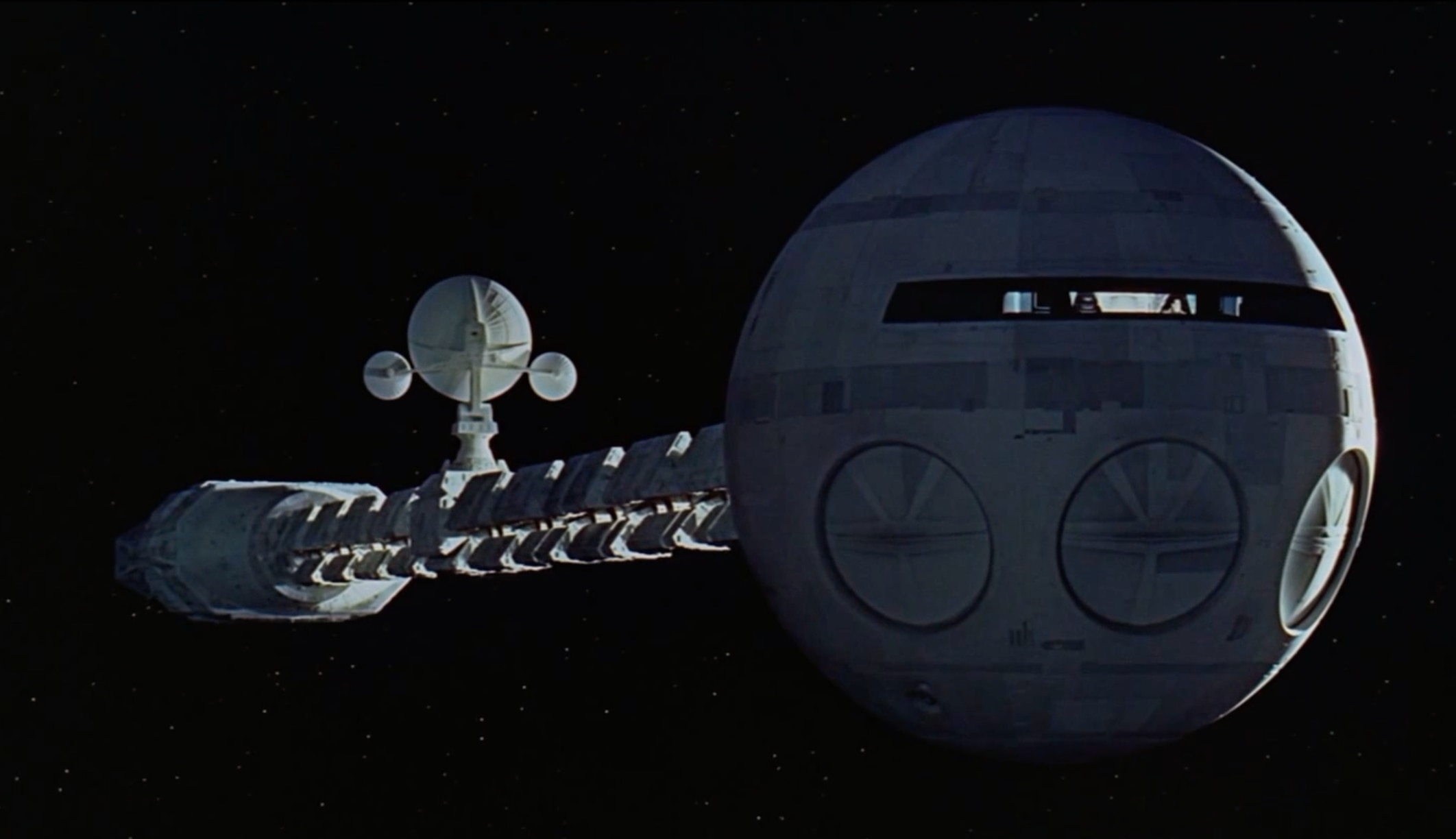Create a free profile to get unlimited access to exclusive videos, sweepstakes, and more!
This artificial gravity machine is right out of 2001: A Space Odyssey

You know that spherical ship from 2001: A Space Odyssey that generated its own gravity by spinning around in the cosmic void? We’re not there yet, but we’re getting closer.
Microgravity can be detrimental for the human body, because our species just wasn’t made to survive in space without high-tech help. Now aerospace engineer Torin Clark and his team from CU Boulder are turning the artificial gravity tech from movies like 2001 and The Martian into a reality. While an entire ship that makes its own gravity is still light-years away, the team has managed to design a revolving contraption that could save astronauts from too much zero-G exposure.
On future space stations, these revolving machines designed by Clark and his team could occupy their own rooms, which would be ideal for astronaut time-outs. It’s kind of like a space spa — astronauts could spend several hours in these rooms recharging from the effects of microgravity. If these machines can eventually prove that they hold up somewhere like the ISS, they could be the answer to deep space missions that take us to Mars and beyond.
“Astronauts experience bone loss, muscle loss, cardiovascular deconditioning and more in space. Today, there are a series of piecemeal countermeasures to overcome these issues,” said Clark, “But artificial gravity is great because it can overcome all of them at once.”
All you have to do is lie down on something which may not look that different from a hospital gurney but is actually the arm of a short-radius centrifuge (SRC), a technology developed by NASA to research the effects of artificial gravity as a potential antidote to the degradation experienced by the human body in microgravity. While this tech hasn’t flown to space yet, it is the closest we can get to simulating gravity outside Earth’s atmosphere.
Once you’re in position, you’ll feel yourself rotating around the room, slowly at first, and then faster and faster — kind of like a carnival ride for science.
Unfortunately, kind of like a carnival ride, you can’t turn your head to the side or else you’re going to experience a “cross-coupled illusion”, a disruption of the inner ear that makes you feel like you’re tumbling. Add that to the spinning already going on, and you might start feeling sort of queasy. No wonder engineers almost gave up on the whole artificial gravity thing. However, the subjects in this study had more time to get used to it. Speed only ramped up after each subject stopped experiencing the weird sensation.
“I present at a conference and everyone says, ‘she’s the one who spins people and makes them sick,’” said graduate student and research team member Kathrine Bretl. “But we try to avoid instances of motion sickness because the whole point of our research is to make it tolerable.”
While there is more investigation to be done here, as in finding out how long the effects of this training last, if humans are able to adapt to artificial gravity without the urge to vomit, this could be huge. As in unprecedented deep space mission huge.
(via CU Boulder)


























